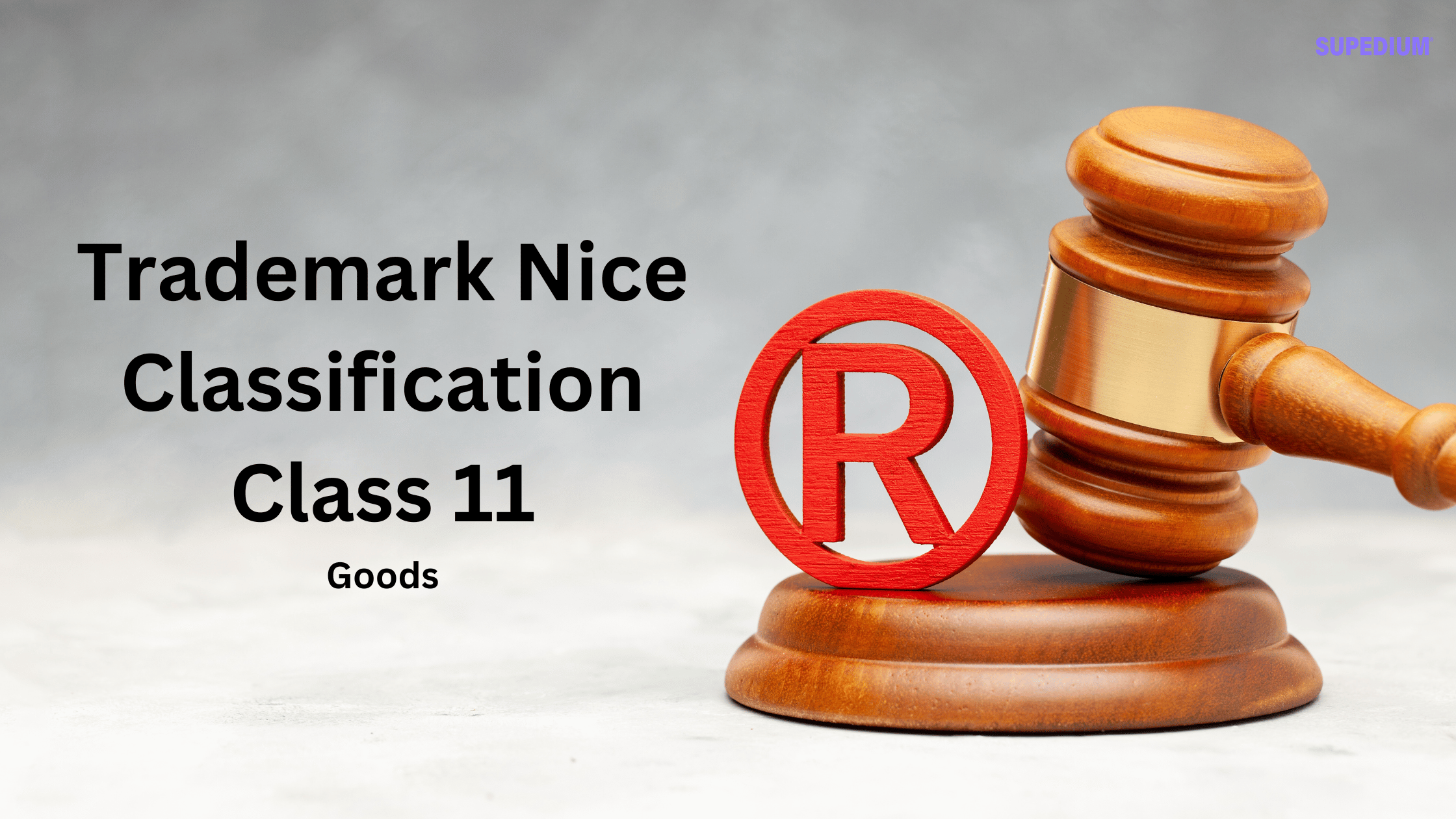Table of Contents
![]()
In classical conditioning, The response is the response to the stimulus. The smell of food is an unconditioned stimulus, a sense of hunger in reaction to the odour is a response, and the sound of a whistle when you smell the food is the stimulus. When you heard the sound of the whistle the response will be feeling hungry.
While studying classical conditioning, you might find it useful to keep in mind that the conditioned response is that the learned reflexive response.
The conditioning process is about pairing a previously neutral stimulus. An association is formed, after pairing times to the demonstration of those two. The stimulus will all evoke the reaction all. The response becomes called the reaction.
Conditioned Response Cases
Some examples of responses that are conditioned include:
- Many phobias start after someone has had a negative encounter with the fear thing. By way of instance, after seeing a car crash, someone may develop a fear of driving. This fear is a reaction.
- If your pet is accustomed to being fed after hearing the sound of a can or bag being opened, they could become quite excited when hearing that noise. This behaviour is a reaction that is conditioned.
- Many children receive routine immunizations, and a child may cry because of these injections. A child might come to the white coat with this experience of a doctor. Finally, the child might start to cry whenever she or he see anybody wearing a coat. This behaviour that is crying is a reaction that is conditioned.
- A person who’s bitten by a barking dog may experience feelings of fear and anxiety whenever he or she hears a barking sound. The fear when they hear a bark that people feel is a reaction.
The Conditioned Response in Classical Conditioning
Let’s take a look. Russian physiologist Ivan Pavlov first detected the classical conditioning procedure during his study on the salivary systems of puppies. Pavlov noted that the dogs would salivate to meat’s flavour, but after some time whenever they saw they started to salivate.
To look at this happening, the noise of a was introduced by Pavlov Tone the animals were fed. An association was formed, whenever they heard the noise, even if no food was present and the animals would salivate.
In Pavlov’s classic experiment, the food reflects what’s called the unconditioned stimulus (UCS). This stimulus naturally and automatically activates an unconditioned response (UCR), That in this case was salivation. An association is formed between the UCS and the stimulus after pairing the stimulus using a stimulus, the sound of the tone.
Finally, the formerly neutral stimulus starts to evoke the same answer, at which point the tone becomes known as the conditioned stimulus. Salivating to this stimulus in the reaction is a good example of a reaction.
How to Recognize the Conditioned Response
Distinguishing between the conditioned and the response Response can be difficult. Here are a couple of things to remember as you’re working to identify a conditioned response:
- The conditioned response has to be heard, while the unconditioned response happens with no learning.
- The conditioned response is only going to occur after an association was made between an unconditioned stimulus and a conditioned stimulus.
Extinction
So what happens in cases where the unconditioned stimulus is no more paired Using a stimulus? If the food was present after the sound of the tone, as an instance, what would have happened? At some point, the conditioned response will slowly diminish and even disappear, a procedure called extinction.
In one of our examples, imagine that a person developed a He or she heard a dog bark, reaction to feeling fear. Imagine that the person has more adventures. While the conditioned response originally developed after one bad experience with a barking dog, that reaction may start to decrease in intensity or even finally disappear if the individual has enough great experiences where nothing bad happens when he or she hears a dog’s bark.
A Word From Supedium
The response is an important part of the classical conditioning procedure. Learning may take place causing a reaction by forming a connection between an unconditioned stimulus and a stimulus.
Responses can be a good thing, but they can be problematic. Associations Can Cause behaviours that are desired, but they could lead to undesirable or maladaptive behaviours (as an instance, phobias) as well. The same learning procedures that led to The creation of a response may be used to educate new Behaviors or alter old ones.
Share This




Be the first to comment